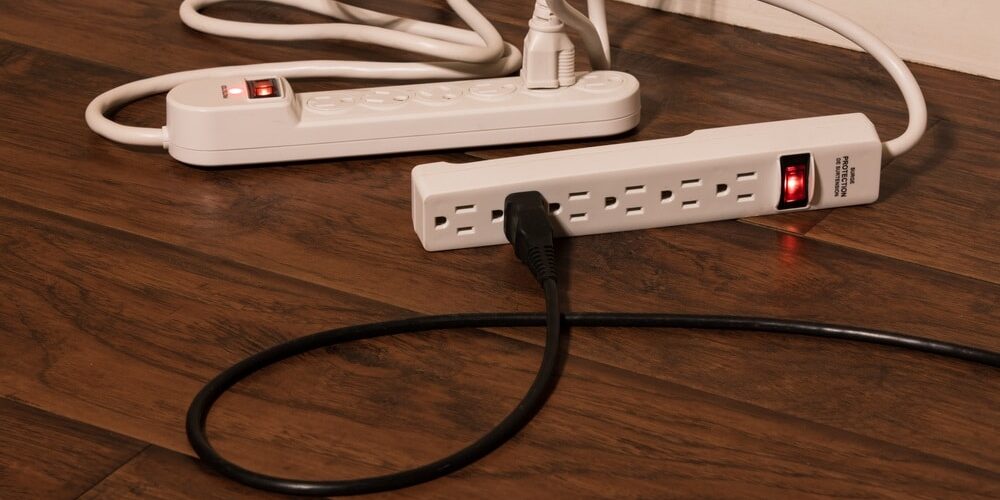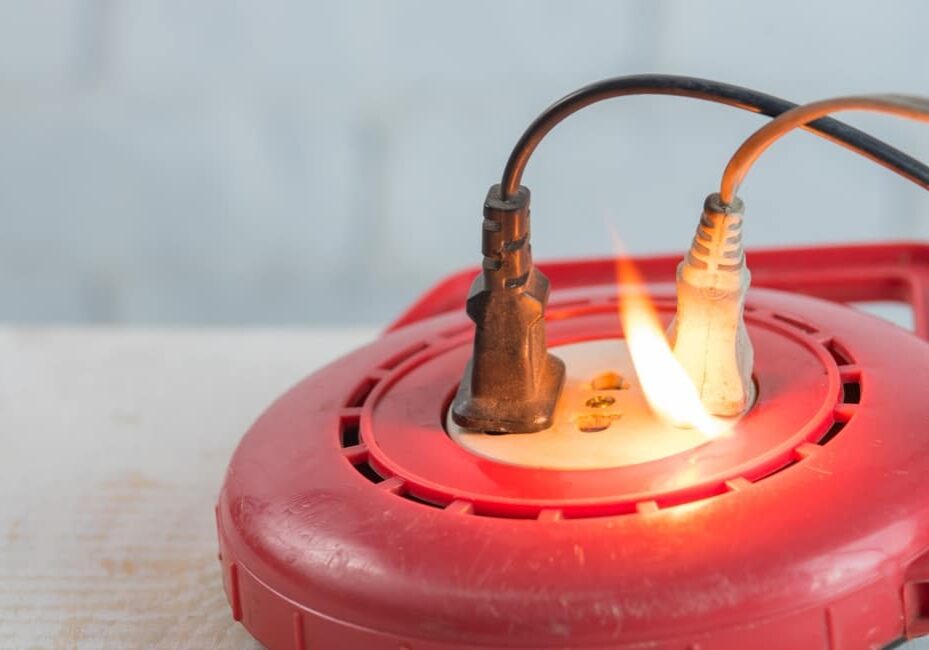In the good ole days, we had things like butane or natural gas heaters that did not need any electricity to power them. Our phones were not plugged into an outlet but rather a phone line. Nowadays, everything is plugged in. The gas heaters need electricity to ignite the pilot and control the temperature. The phones, even if they are a landline, need electricity to power the voicemail or the caller’s I.D.
Yes, we are truly living in a plugged-in world. The only problem is that most houses we live in are not equipped for us to be as plugged-in as we would like or need to be. So, what do we do if we run out of outlets to use?
Do we run an extension cord from the other room? That looks tacky and also creates a tripping hazard. So that is a big no.
Do we cut holes in the wall and splice them into existing wiring to add more outlets where
we need them? That takes a specific skill; also, you run into the issue of putting too many outlets on one circuit. I have to go with no on this one, too.
The only real solution to this problem is to use a surge protector or a power strip to increase the number of powered gadgets you want to use. However, even with these plug-in saviors, you need to know what they are, how they are different, and what can be safely used to get the most out of them. Emphasis on the word safely.

How are Surge Protectors Different from Power Strips?
Though the two might look alike, they are quite different. A power strip is just that. It is a strip that adds more outlets enabling you to power multiple devices. The same danger lies here when trying to add more outlets to an existing circuit in your home. It can be overloaded and pose a serious fire hazard. So it would be best to research what types of gadgets you can plug into these things. That list of appropriate items will be included, so keep reading.
On the other hand, a surge protector does more than add outlets to your room. A surge protector is equipped with a safety switch that will turn off all power going to your electronics in case of a power surge. There are many reasons why a power surge might occur. They are all unpredictable. Using a surge protector will give you peace of mind that your expensive and important pieces of technology will not be fried by one of these power surges.
Unfortunately, a surge protector does not protect your wallet from the surge of cash needed to buy them. Surge protectors are more expensive than power strips, but it is worth it if you are powering high-dollar gaming consoles, computers, or home theater systems. It might not be financially reasonable to use a surge protector for all your gadgets, so knowing what appliances to use for both is good knowledge to have.
What Can You Plug into a Power Strip?
Small appliances that do not require much power are best for these. You have to know what load rating the power strip you are using has and then make intelligent decisions from there. A few small items that are usually safe for you to use in a power strip are:
This is not a complete list; however, you can use your best judgment from here. Be careful not to overload a power strip because this could trip your circuit breaker and cause an electrical fire. Most home fires can be traced to faulty wiring or overloaded circuits.
What Can You Not Plug into a Power Strip?
A power strip is a marvelous thing until it is not. You can turn it into a fire hazard if you plug the wrong things into it. A few items that should not be plugged in are:
As you can see from the list, some are large appliances, and some are small. The size does not matter, but the amount of power the appliance draws does. Each power strip has a load rating; you do not want to exceed that.

What Should You Use a Surge Protector for?
The same lists can be used for surge protectors as listed for the power strips. Appliances that draw a lot of power should be plugged directly into an appropriate outlet. The main difference between the two lists would be whether you want added protection against power surges. All gadgets and appliances can be affected and destroyed by a power surge; however, a lamp is not too difficult to replace.
With surge protectors, they can wear out with time. If power surges are common in your area, you will want to replace them regularly. Some manufacturers will even offer a warranty on their products. As with everything, ensure the product is being used correctly, and you should be good to get a replacement if yours fails. You will also want to make sure that you buy from a reputable dealer to ensure that their warranty is not just a gimmick.
There are also options for whole-home surge protector systems. This would need to be installed by a trusted electrician, but it would give you and your family peace of mind that all your electrically powered gadgets are safe.
The last piece of advice is to always buy with a higher load rating than you need. This protects you if you happen to buy a new gadget that draws a little more power than its predecessor.

